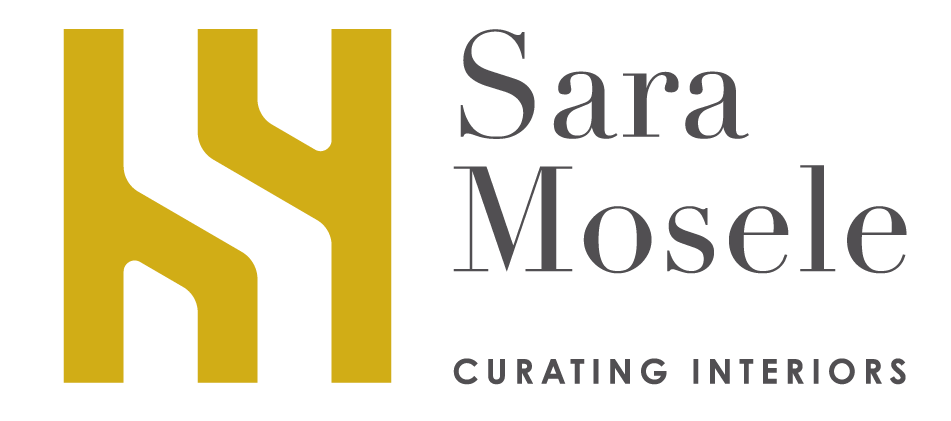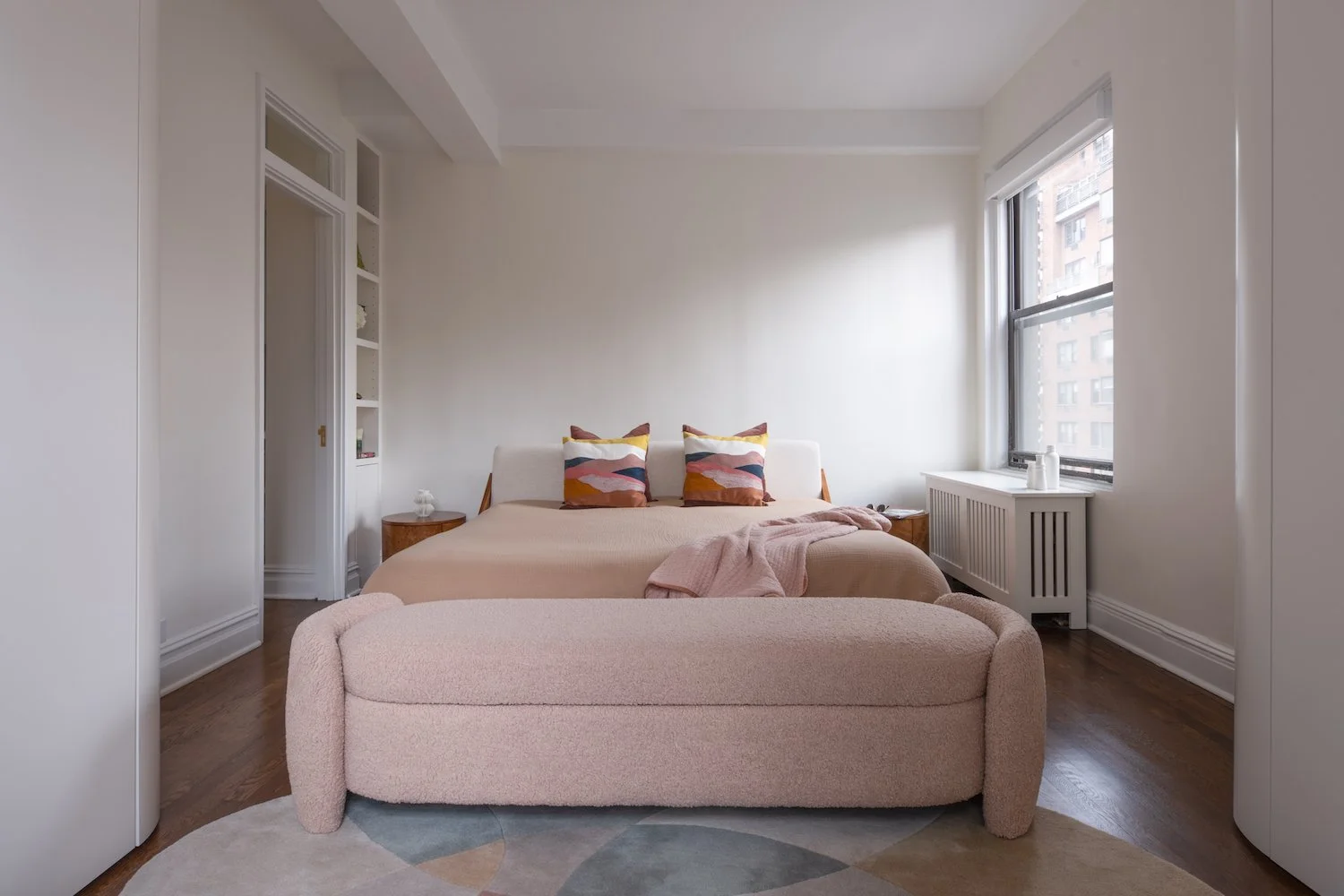2023 Interior Trends: Going Big, Bold, and Bright!
Murray Hill office area
Are you looking to give your living space a makeover in 2023? If so, then you should be aware of the newest interior design trends for the upcoming year. 2023 Interior Trends are about making bold statements with colors, textures, and complex characters. This year is all about going big, bold, and bright. Keep reading to find out how you can make your living space stand out this year with 2023 Interior Trends.
Colors
Colors have taken a front seat in 2023 Interior Trends as many people opt-in for bold colors to make a statement in their home. Deep colors like pink, green and yellow can be used in combination to create an energized atmosphere that still maintains a homely feel. Meanwhile, for those who want to add a modern touch to their home’s interior, neutral colors such as black, white, and gray can be used as backdrops for more vibrant colors in furniture and deìcor. The range of colors available in 2023 make it easy for anyone to find colors that best suit their own individual style. This year's interior trends don't stop at colors though; 2023 is also all about finding unique pieces of furniture and decor to complete a look. Whether you want to find a modern chandelier or a vintage armchair, you're sure to find something that fits your unique taste. With the variety of items available this year, creating the perfect space is easier than ever before.
Upper East SIde Dining Room
Texture
Textured materials like jute rugs and grass cloth wallpaper are popular textures that can add a modern and rustic feeling to a room. Even fibers such as wool and cotton have been used to make cozy and calming throws. Sustainability is also a key factor in interior trends for 2023 and natural materials such as cork, bamboo and hemp are being used more and more. Whether it's through nature-inspired wallpaper or the calming and suiting effects of textured materials, it is clear that 2023 interior trends are going big, bold, and bright.
Individualism
Interior design trends are becoming increasingly focused on personal touches, unique schemes, and making out-of-the-box choices. As materials become more accessible, homeowners are empowered to express their own style and create living spaces that reflect their personalities. For those looking to add a touch of individualism to their homes, there are plenty of options available.
The key to embracing individualism in your home is to mix and match different styles, materials, and colors to create something truly unique. This could include unexpected combinations like vintage furniture paired with modern art or traditional tapestries with contemporary fabrics. With a bit of creative flair, it’s possible to make a space that feels like a personal reflection of you.
A great way to incorporate individualism into your home is to use one-of-a-kind pieces. Whether it’s an antique mirror from your grandmother’s estate or a commissioned work of art from a local artist, these pieces can make any room feel more personal and special.
Don’t forget to have fun! Interior design trends come and go, but individualism is here to stay. So don’t be afraid to take risks and explore the possibilities. Find pieces that spark joy and engage with the spaces you create. Show off your personality and share your story. That’s what makes individualism in interior design so special.
Upper East Side Master Bedroom
Complex Characters
There is a new wave of complex forms in the air this year. From round sofas to asymmetrical furniture, boldness doesn’t have to be about loud colors. Consider something a little more subtle for your home. Round mirrors, square tables with rounded edges or curved armchairs are great ways to make a statement without making a fuss. It’s the perfect way to add subtle character to your home. Complex forms are all about balance. Finding the right ratio between organic curves and clean lines will create a harmonious look that makes a space look bigger and more inviting. Think of a piece with a mix of curves and angles or a combination of natural materials such as wood, stone and metals that can create an interesting contrast. Keep it in proportion - too many curves will give a home a dated feel while too many straight lines can look too clinical. Experiment with complex shapes and textures to find the perfect balance.




